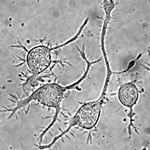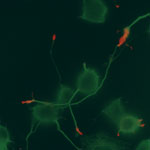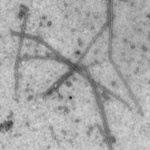C. Kinesin motors in ciliary transport
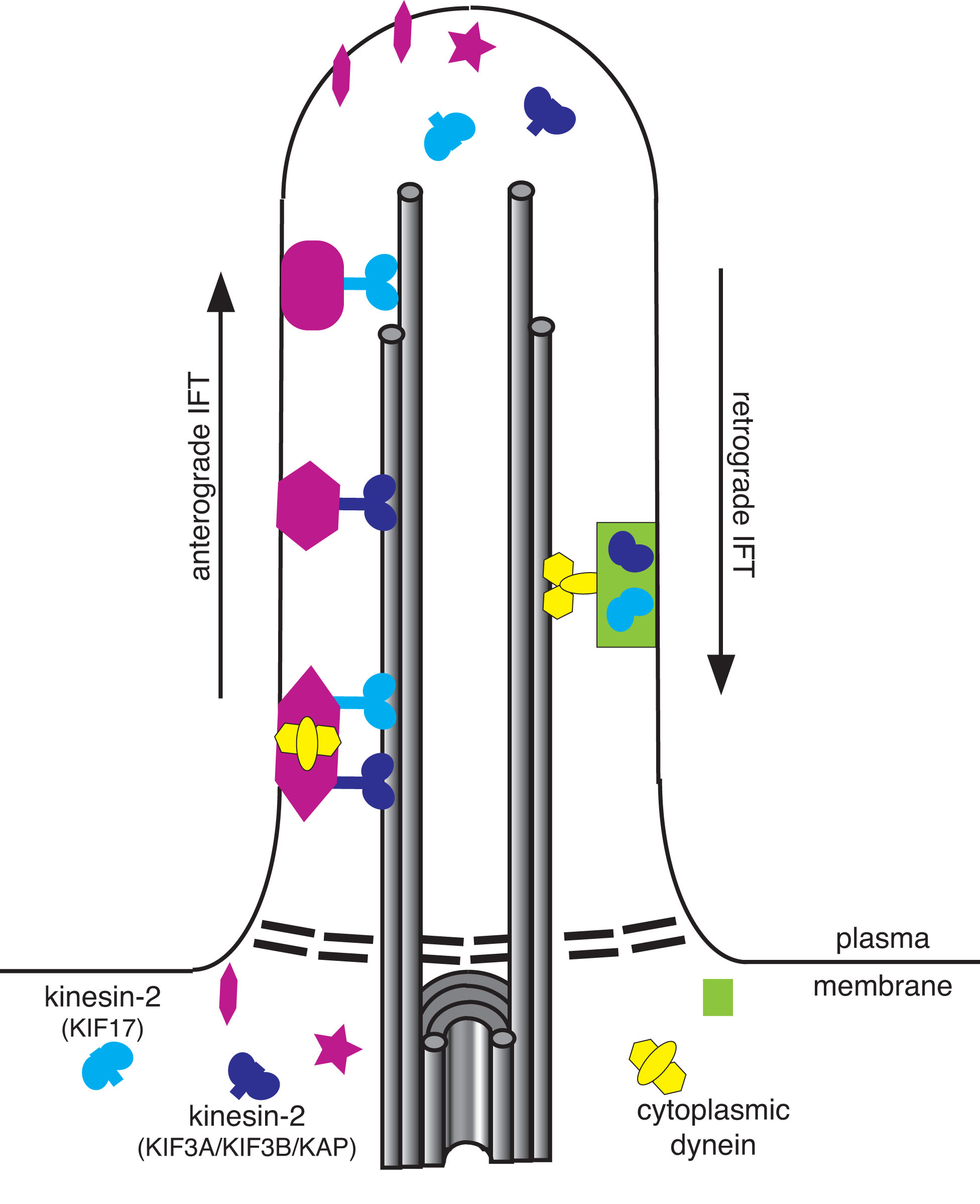
Eukaryotic cilia and flagella (the terms are interchangeable) come in a variety of sizes and functional roles, but are all generated by the assembly of axonemal microtubules from the centrioles of the basal body. Motile cilia are capable of periodic beating and can thus move fluid over a surface (e.g. surface of respiratory epithelia) or propel a cell (e.g. sperm). Non-motile cilia are involved in sensory signaling in, for example, the kidney epithelium, photoreceptors, and olfactory neurons. Nearly all mammalian cell types generate a non-motile cilium during the G0 and/or G1 phases of the cell cycle. This single cilium is often referred to as the primary cilium or sensory cilium.
The biogenesis and maintenance of cilia and flagella depend on intraflagellar transport (IFT) in which cargo particles are transported along axonemal microtubules by two members of the kinesin-2 motor family, the heterotrimeric KIF3A/KIF3B/KAP and the homodimeric KIF17 motors.
As a model system for studying kinesin-2 motors and primary cilia, we study the transport of molecules involved in olfactory signaling in olfactory sensory neurons. We showed that the KIF3A/KIF3B/KAP motor is required for assembly primary cilia. We also showed that the KIF17 motor is dispensable for generating a primary cilium but is required for targeting of cyclic nucleotide gated (CNG) channels to primary cilia.
When tagged versions of KIF17 are expressed in mammalian cells, they accumulate at the distal tip of the primary cilium. In contrast, the cargo molecules are distributed along the ciliary membrane. Our current work is aimed at understanding how KIF17 binds to its cargo, gets activated for transport in primary cilia, and releases cargo at the distal tip of the cilium.
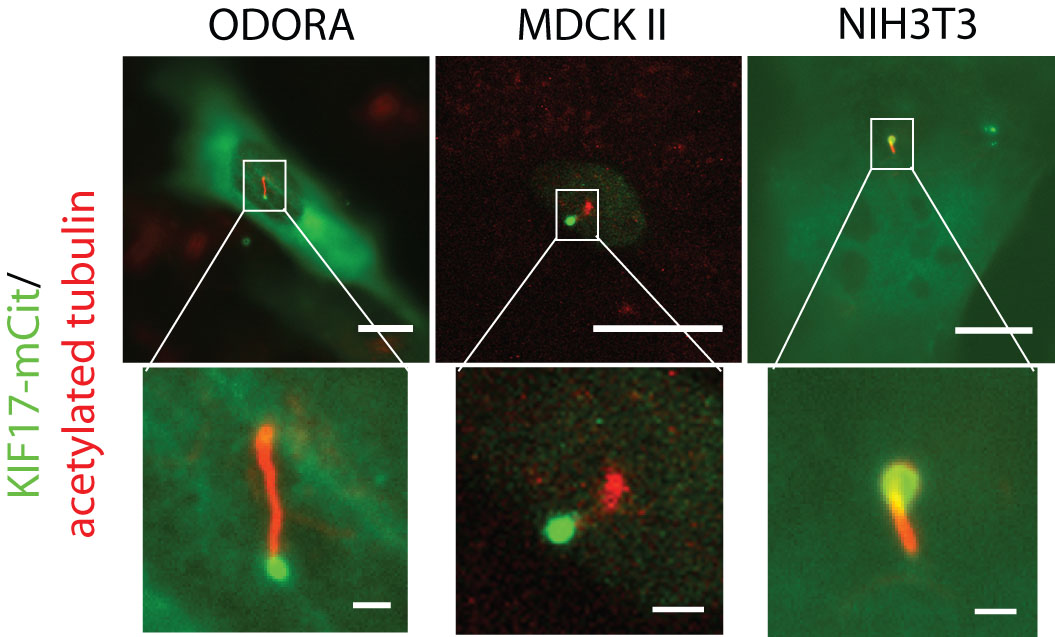
Relevant publications:
Dishinger JF, Kee HL, Jenkins PM, Fan SL, Hurd TW, Hammond JW, Truong YNT, Margolis B, Martens JR, and Verhey KJ. 2010. Ciliary entry of the kinesin-2 motor KIF17 is regulated by importin-b2 and Ran-GTP. Nature Cell Biology 12: 703-710. PMID 20526328.
Jenkins PM, Hurd TW, Zhang L, McEwen DP, Brown RL, Margolis B, Verhey KJ, and Martens JR. 2006. Ciliary targeting of olfactory CNG channels requires the CNGB1b subunit and the kinesin-2 motor protein, KIF17. Current Biology. 16: 1211-1216. PMID: 16782012.
